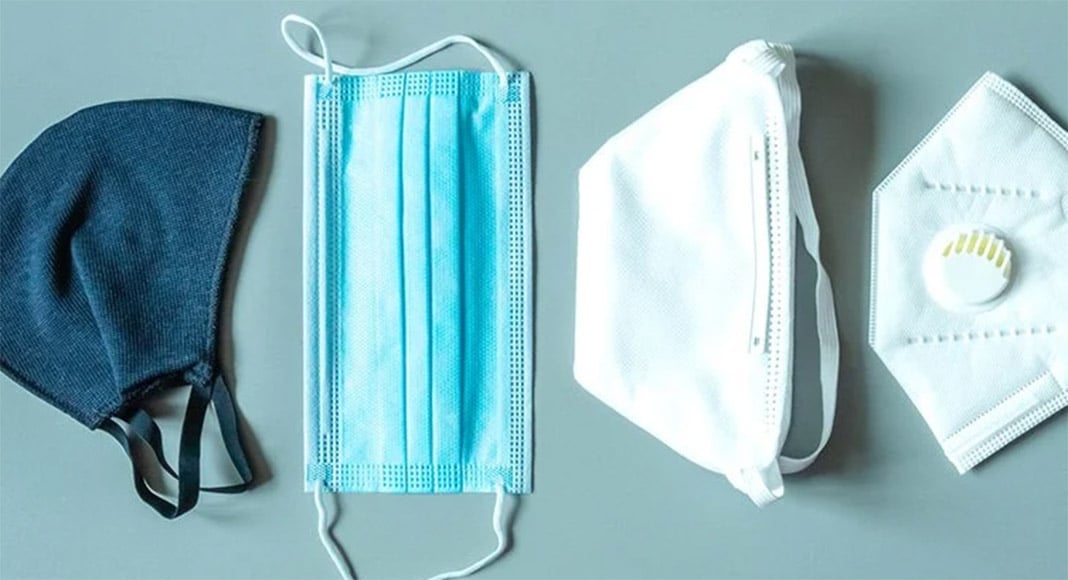WHO – 10 September 2020
■ No disease in history has seen such rapid development in research. The world’s ambition to develop these tools as fast as possible must be matched by its ambition to ensure as many people as possible have access to them.
■ Since the beginning of the pandemic, accelerating the development of and equitable access to vaccines, diagnostics and therapeutics for COVID-19 has been a priority for WHO.
■ Millions of tests have been produced, and already rapid tests are now starting to be used.
■ Around 180 vaccines are now in development, including 35 that are in human trials.
COVID-19 is primarily a respiratory disease and the spectrum of infection with this virus can range from people with very mild, non-respiratory symptoms to severe acute respiratory illness, sepsis with organ dysfunction and death. Some people infected have reported no symptoms at all.
Transmission of COVID-19
Knowledge about transmission of the COVID-19 virus is accumulating every day. According to the current evidence, the COVID-19 virus is primarily transmitted between people via respiratory droplets and contact routes. Droplet transmission occurs when a person is in close contact (within one metre) with an infected person and exposure to potentially infective respiratory droplets occurs, through coughing, sneezing or very close personal contact resulting in the inoculation of entry portals such as the mouth, nose or conjunctivae.
Transmission of the COVID-19 virus can occur directly by contact with infected people, or indirectly by contact with surfaces in the immediate environment or with objects used by the infected person. Current evidence suggests that most transmission of COVID-19 is occurring from symptomatic people to others in close contact when not wearing appropriate PPE.
There is also the possibility of transmission from people who are infected and shedding virus but have not yet developed symptoms; this is called pre-symptomatic transmission. Some people infected with the COVID-19 virus do not ever develop any symptoms, although they can shed virus which may then be transmitted to others.
The incubation period for COVID-19, which is the time between exposure to the virus and symptoms onset, is on average five or six days, but can be as long as 14 days.
People who develop symptoms appear to have higher viral loads on or just prior to the day of symptom onset, relative to later on in their infection.
Symptoms of COVID-19
Symptoms can include: fever, cough, fatigue, loss of appetite, shortness of breath and muscle pain. Other non-specific symptoms such as sore throat, nasal congestion, headache, diarrhoea, nausea and vomiting, have also been reported as well as loss of smell and taste, preceding the onset of respiratory symptoms.
Older people and immunosuppressed patients may present with atypical symptoms such as fatigue, reduced alertness, reduced mobility, diarrhoea, loss of appetite, delirium, and absence of fever. It is important to note that early symptoms for some people infected with COVID-19 may be very mild and unspecific.
The use of masks
Studies of influenza, influenza-like illness, and human coronaviruses (not including COVID-19) provide evidence that the use of a medical mask can prevent the spread of infectious droplets from a symptomatic infected person to someone else and potential contamination of the environment by these droplets.
A recent analysis showed that either disposable surgical masks or reusable 12–16-layer cotton masks were associated with protection of healthy individuals within households and among contacts of cases.
WHO has updated its guidance to advise that to prevent COVID-19 transmission effectively in areas of community transmission, governments should encourage the general public to wear masks in specific situations and settings as part of a comprehensive approach to suppress SARS-CoV-2 transmission.
WHO recommends that all people should, in the context of the COVID-19 pandemic:
1. Follow all additional measures, in particular respiratory hygiene, frequent hand hygiene and maintaining physical distance of at least one metre (3.3 feet) from other people.
2. Wear a medical mask and follow correctly the instructions on how to put on, take off, and dispose of medical masks.
3. Refrain from touching their mouth, nose, and eyes.
4. Avoid groups of people and crowded spaces;
5. Self-isolate and seek medical advice as soon as they start to feel unwell with potential symptoms of COVID-19, even if symptoms are mild.
WHO advises the following on the use of masks for the general public:
1. Individuals working in close contact with the public (social workers, personal support workers, cashiers).
2. Vulnerability of the mask wearer: older people, immunocompromised patients and people with comorbidities, such as cardiovascular disease, diabetes mellitus, chronic lung disease, cancer and cerebrovascular disease.
3. Setting in which the population lives: high population density, cramped conditions where individuals are unable to keep a physical distance of at least one metre (public transportation).
Type of mask to consider wearing:
1. Non-medical mask
■ General population in public settings, such as grocery stores, at work, social gatherings, closed settings, including schools, churches, etc.
■ Settings where a physical distancing cannot be achieved (close contact).
■ General public on transportation (bus, plane, trains).
■ Specific working conditions which places the employee in close contact or potential close contact with others (social workers, cashiers, servers).
2. Medical mask
■ Settings where physical distancing cannot be achieved – increased risk of infection.
■ Protection – Vulnerable populations:
– People aged over 60.
– People with underlying comorbidities: cardiovascular disease, diabetes mellitus, chronic lung disease, cancer, cerebrovascular disease, immunosuppression.
■ People with any symptoms suggestive of COVID-19 – any setting in the community.
After all these WHO important updated facts… there is one question that needs to be addressed!
The problematic nose
Why are so many people wearing their masks under the nose?
Are noses claustrophobic?
Do people ignore that human beings breathe through the mouth and through the nose?
To be useful, masks must be used correctly.
It is considered that greeting with elbows, feet or fist bumps is anti-hygienic and it does not comply with social distancing.
WHO suggests saluting others by taking your hand to your heart!
Best health wishes,
Maria Alice
|| features@algarveresident.com
Dr Maria Alice is a consultant in General and Family Medicine. General Manager/Medical Director – Luzdoc International Medical Service. Medical Director – Grupo Hospital Particular do Algarve/ Hospital S. Gonçalo de Lagos
























